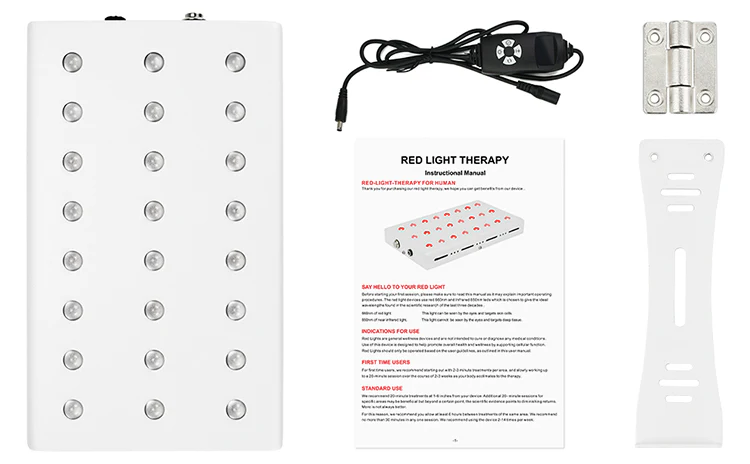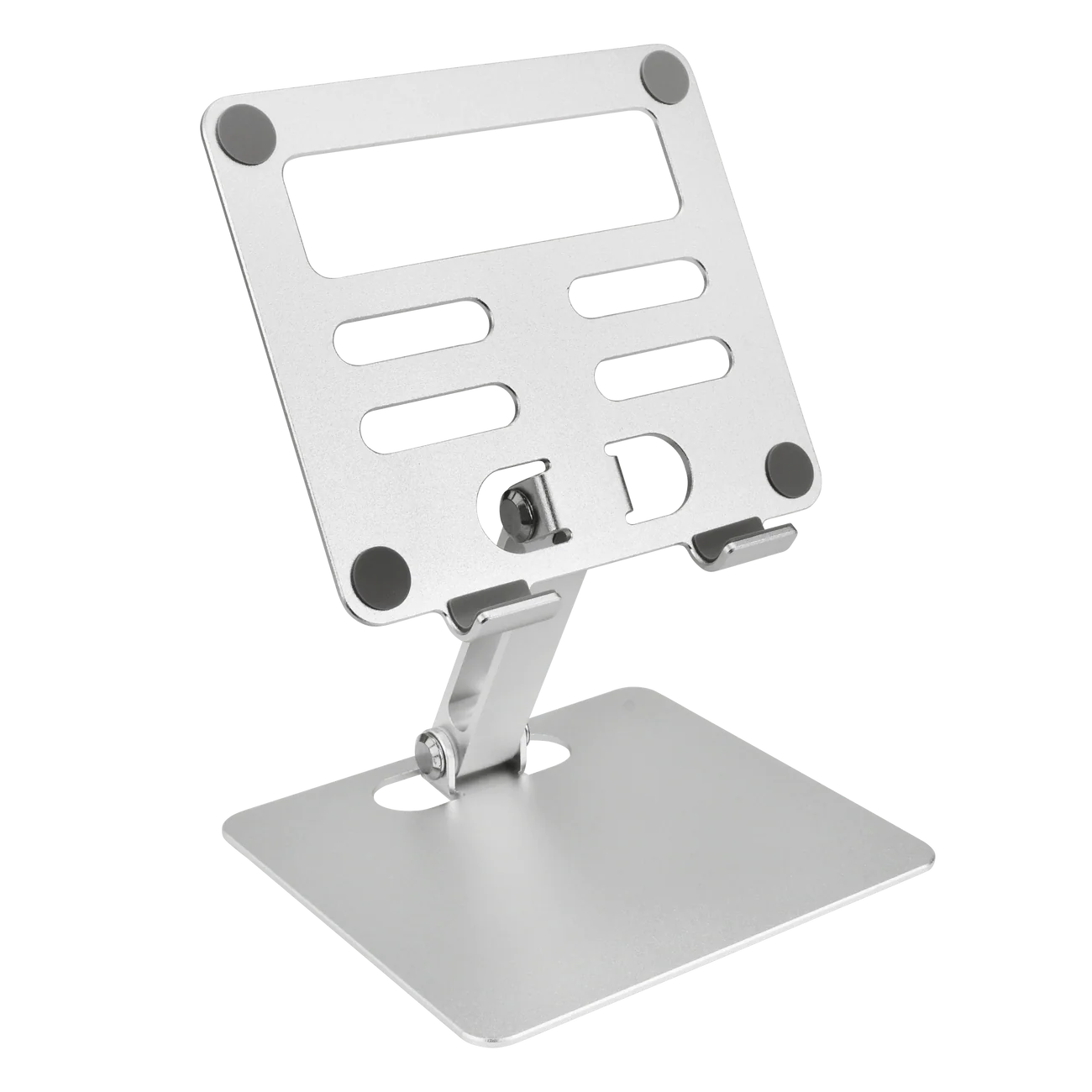Handheld Red Light Beauty Anti-Aging Infrared Therapy Device
The Scientific Principles of Red Light Therapy
The scientific principles of red light therapy revolve around the idea that light can influence biological processes. When the skin absorbs red and near-infrared light, it stimulates mitochondrial activity within cells. This leads to an increase in the production of adenosine triphosphate (ATP), the cell’s energy currency, thereby accelerating healing and regeneration processes.
Historical Background and Development
Red light therapy originated in the early 20th century, but its potential was not recognized until NASA research in the 1990s. Initially, scientists explored red light therapy to promote the growth of space plants, but later discovered that red light could also benefit human cells. This prompted further research and ultimately its commercial application.
Applications Beyond Skin Health
While red light therapy is commonly associated with skin health, its applications extend far beyond that. In sports medicine, it is used to promote muscle recovery; in dermatology, it is used to treat acne and other skin conditions; and in the field of health and wellness, it is used to improve mental health and sleep quality.

Key Benefits of Using a Red light therapy device
Using a Red light therapy device offers several benefits. Here are some of the most notable:
Enhanced Skin Health
One of the most popular uses of red light therapy is for improving skin health. The light stimulates collagen production, which can help reduce the appearance of fine lines and wrinkles, improve skin texture, and promote a more youthful appearance. Additionally, red light therapy can help reduce the symptoms of skin conditions such as acne and psoriasis by reducing inflammation and promoting healing.
Collagen Production and Anti-Aging
Collagen is a crucial protein that provides structure to the skin. As we age, collagen production decreases, leading to signs of aging like wrinkles and sagging skin. Red light therapy invigorates collagen synthesis, helping maintain skin elasticity and firmness, giving it a rejuvenated and youthful glow.
Treatment of Skin Conditions
Conditions such as acne and psoriasis are often characterized by inflammation and irritation. Red light therapy can soothe these symptoms by reducing inflammation and accelerating the skin’s natural healing processes. This makes it a valuable tool for those seeking alternative treatments to traditional medications.
Long-Term Skin Health
Consistency in using red light therapy can lead to long-term improvements in skin health. Regular sessions help in maintaining the results achieved, making it an integral part of skincare routines for those aiming for sustained beauty and health.
Muscle Recovery and Pain Relief
Athletes and fitness enthusiasts often use Red light therapy device to aid in muscle recovery. The therapy increases blood circulation and oxygenation to the muscles, which can help reduce soreness and inflammation after intense workouts. Moreover, individuals suffering from chronic pain conditions, such as arthritis, may find relief from using a Red light therapy device due to its anti-inflammatory properties.
Enhanced Blood Circulation
Enhanced blood circulation is one of the primary benefits of red light therapy. The increased flow of blood and oxygen to muscles accelerates the recovery process, helping athletes return to peak performance faster. This is particularly beneficial after strenuous physical activities.
Chronic Pain Management
For individuals with chronic pain conditions, such as arthritis or fibromyalgia, red light therapy can provide significant relief. The therapy’s anti-inflammatory effects help reduce pain and improve mobility, offering a non-invasive alternative to pain management.
Accelerated Healing Process
Injuries and muscle strains can benefit from the accelerated healing process facilitated by red light therapy. By promoting cellular regeneration and reducing inflammation, the therapy aids in quicker recovery, minimizing downtime and enhancing overall physical well-being.
Improved Sleep Quality
Red light therapy can also have a positive impact on sleep quality. Exposure to red light can help regulate the production of melatonin, the hormone responsible for controlling sleep cycles. By using a Red light therapy device before bedtime, you may find it easier to fall asleep and enjoy a more restful night’s sleep.
Regulation of Melatonin Production
Melatonin is crucial for maintaining healthy sleep patterns. Red light therapy aids in the natural production of melatonin by balancing the circadian rhythms, helping individuals achieve a more restful and undisturbed sleep.
Addressing Sleep Disorders
For those suffering from sleep disorders like insomnia, red light therapy can be a game-changer. By promoting relaxation and calming the mind, the therapy can help reduce the symptoms of these disorders, leading to improved sleep quality.
Creating a Bedtime Routine
Incorporating red light therapy into your bedtime routine can enhance its effects. Using a red light therapy device in a dimly lit, relaxing environment sends relaxation signals to the body, helping it to fall asleep more easily.




